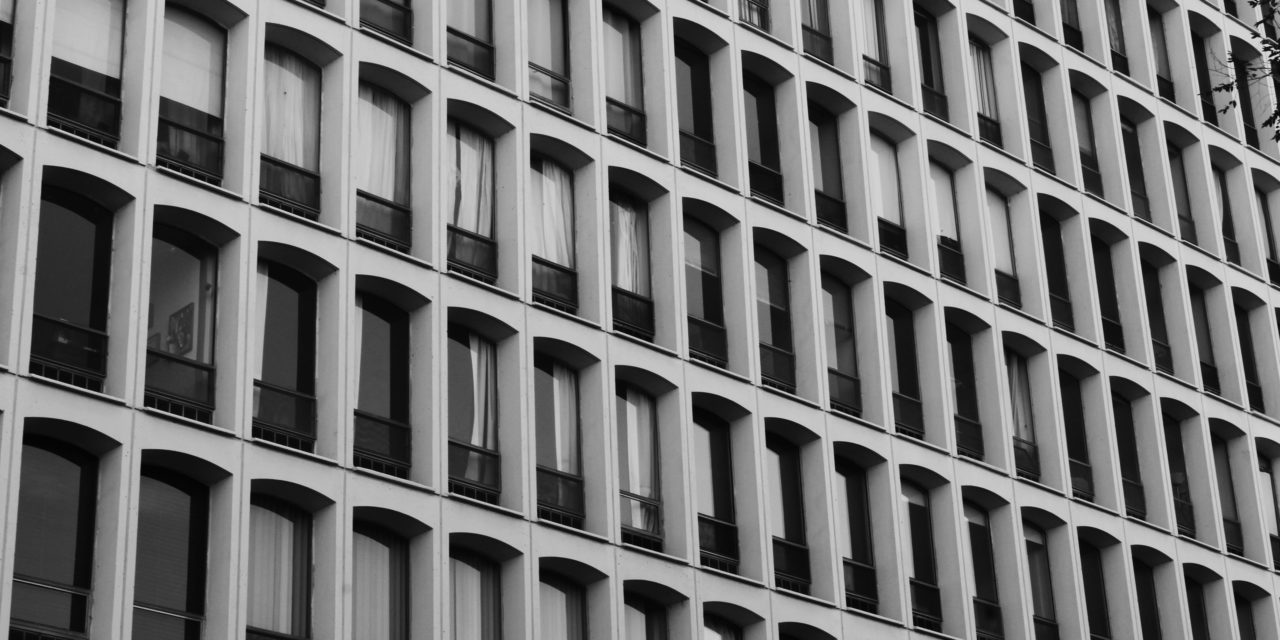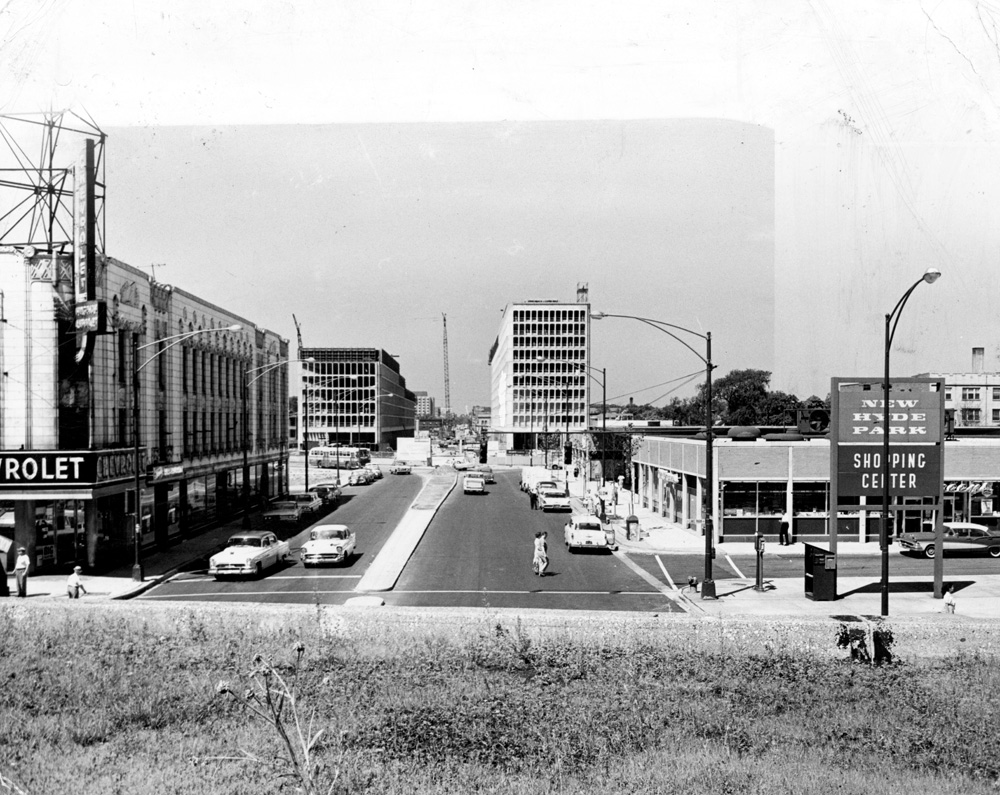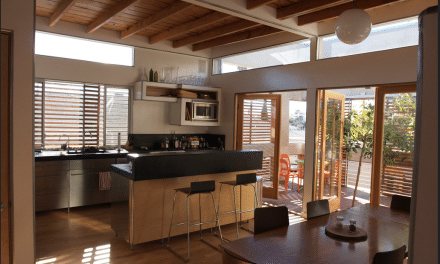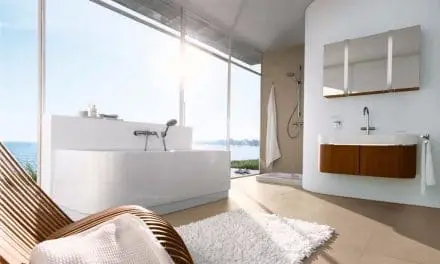Some of the links in this article are affiliate links, meaning at no additional cost to you, we will earn a commission if you click through and make a purchase. Thank you for helping us continue to bring you great content.
By Jesse Bratter, Contributing Editor | Elemental Green
FINDING THE RIGHT ECO PARTNER FOR #ECORENOVATE
When Sheridan Foster sought to enlist an architecture partner for Elemental Green’s first branded sustainable renovation, #EcoRenovate, she didn’t have to look far. Not even one mile down the road from the renovation site stands the Ellis Passivhaus, Illinois’ first Passivhaus Institut-certified building. And its architect of record? Richard Kasemsarn, of Richard Kasemsarn Architect. With all the greenwashing and sustainable imposters that exist, Foster knew that Kasemsarn was the real deal and would understand what it means to go green. So they teamed up to give new life to one of the penthouses at University Park Condominium while staying true to its historic status as an iconic example of modernism.
LOOKING TO THE PAST
The story of University Park Condominium began in 1961, when I.M. Pei and Araldo Cossutta imparted their modernist approach on the Hyde Park neighborhood of Chicago as part of the Hyde Park Redevelopment Project. The striking two towers, with their concrete curtain wall and can’t-miss arched floor-to-ceiling windows—several per unit—made such an impression that they eventually earned a spot on the National Register of Historic Places.
You’ve seen Pei’s work before. A lot. Famous for bringing modernism to the masses, the Pritzker Prize-winning architect was asked in the 1980s by then-French President François Mitterrand to modernize the entrance to the Louvre in Paris. What followed was a towering 71-foot-tall metal pyramid comprising 673 glass panes, surrounded by three smaller pyramids, in the main courtyard. Though the commission was met with public objection at the time, it’s since become a beloved symbol of the cultural institution—instantly recognizable and revered around the world.
And there are others. The sharply angled, geometric East Building at the National Gallery of Art in Washington, D.C., clad in Tennessee marble and arranged around a triangular courtyard. The pink-tinted and striated concrete cluster of structures that recalls an ancient Puebloan cliff-dwelling village for the Mesa Laboratory at the National Center for Atmospheric Research in Boulder. The Museum of Islamic Art in Doha, Qatar—an austere, almost-Cubist building formed from limestone, granite, stainless steel and architectural concrete, jutting out from Doha Bay in the Arabian Gulf and capturing plays of shadow and light. To name a few.

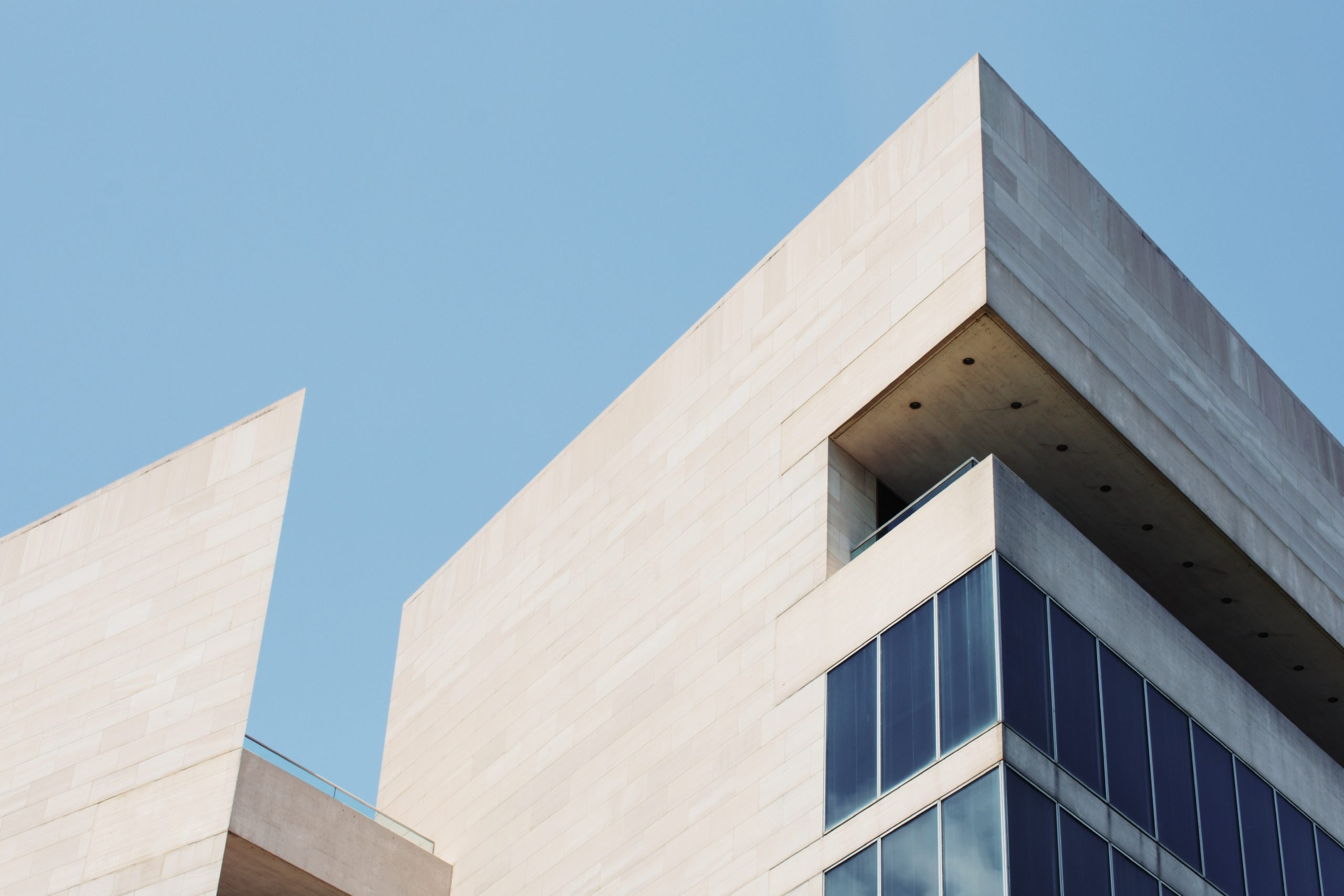

MAKING A LASTING IMPRESSION
Modernist architecture holds a significant place in Chicago’s history. Some of architecture’s greats—Mies van der Rohe, Louis Sullivan, Frank Lloyd Wright—have left their mark on the Windy City. We asked Kasemsarn to walk us through University Park’s place in the conversation, his experience with Passivhaus, and what sustainable lessons you can glean from Elemental Green’s sustainable renovation, #EcoRenovate.
Q: What is the significance of University Park’s original architects, I.M. Pei and Araldo Cossutta, and this building’s role in Chicago’s architectural history? And can you touch on the relationship of University Park to Hyde Park?
A: Pei and Cossutta were great contributors to the end of the high period of the Modern movement and this building embodies a lot of those ideas while still being sympathetic to more traditional materials like brick, which lines the majority of the lower level of the complex.
The University Park building seems to provide a great alternative to campus housing with its proximity to campus. The double 10-story buildings with courtyard also help create a density that is more in line with the university than the rest of Hyde Park.
Q: Paint a picture for us about the sustainability scene in Chicago.
A: Sustainability is definitely something designers and the general public are aware of these days, but both groups are still not totally embracing due to potentially not seeing opportunities or fully understanding when they can make a project more sustainable.
During the Recession and its concurrent housing collapse, realtors and marketing people were extremely quick to greenwash the stockpile of real estate that was not moving. They would do everything from noting that a place had LED lights, so “now it’s green and sustainable,” to talking about locally sourced materials that probably would have already made its way onto the project. In the past several years, however, city codes have been good about reviewing lighting, heating, and insulation specifications on a project to ensure the least amount of energy is used.
Q: You were the architect of record for the Ellis Passivhaus. How did working on that house affect your view about renovations and sustainability in general? And what sustainable lessons can others take away from Passivhaus?
A: Passivhaus really pushed my understanding of building envelopes along with heat loss/gain. It made me question the means and methods of traditional construction and how it could be improved. Mike Conners did a great job of embracing all the steps required to make the building more significantly energy efficient. This is an example of where the bulk of the sustainable aspects of the project are hidden behind the walls and cease becoming an example of an aesthetic pursuit, but more about performance.
The project made me realize that even if we adopted just a few aspects of what was done on the Passivhaus, we could create designs that are more environmentally friendly and sustainable. This could just be done by specifying better insulation, windows, and doors along with tweaking the details of how those items are installed.
Q: What sustainable lessons can readers take away from #EcoRenovate? What are the areas where people can make sustainable choices when embarking on their own renovation?
A: Buying appliances that are efficient and materials that are sustainably sourced or produced are easy first steps to making any project sustainable. With the advancement of lighting in the past 10 years, just changing out fixtures can significantly reduce energy use. Beyond those, it does take designers effort to look for and research products and techniques for construction that can reduce a project’s carbon footprint.
Q: What should people care about when renovating an old home in terms of sustainability? In regard to Elemental Green’s University Park project specifically, how do you update a unit in a modernist building while staying true to the historic ethos?
A: Whenever I take on a renovation project, I try to catalog all the unique aspects of a space that should be maintained. With this space, it was definitely the tall windows that wrap the unit. With that in mind, a goal was to see how we could preserve that aspect with greater impact. So the idea to remove the non-load bearing wall between the living room and kitchen was a very logical move. Interior styles will change with time, but as long as the views and basic layout of the unit was maintained, then I think the design would be sympathetic to the original design by Pei and Cossutta.

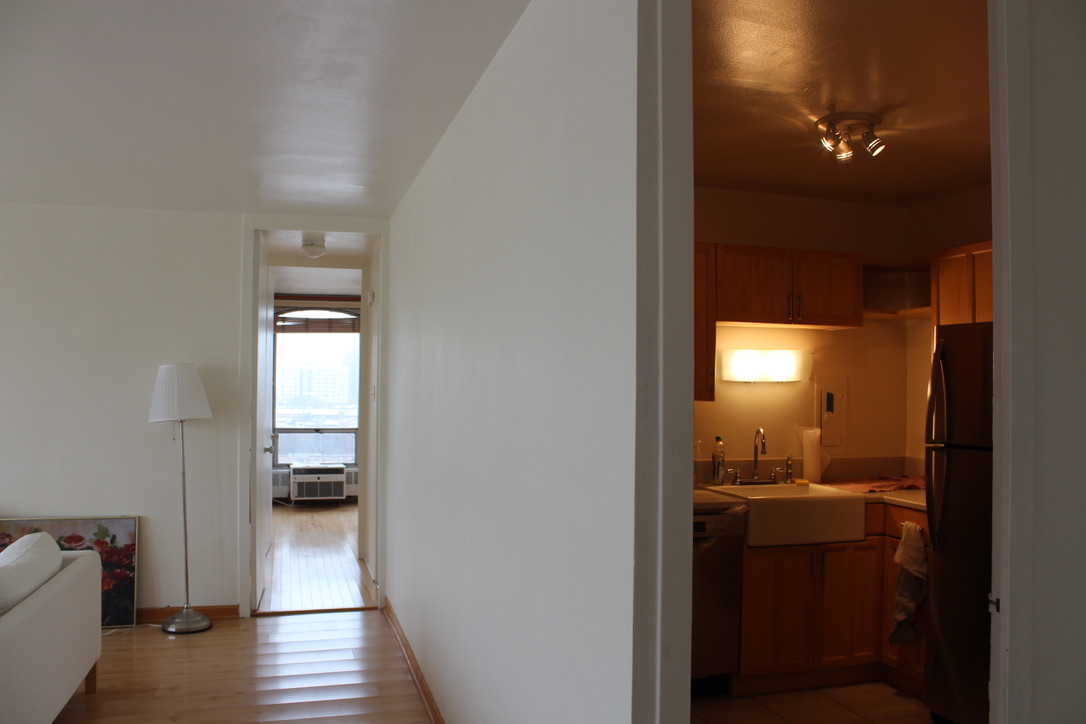
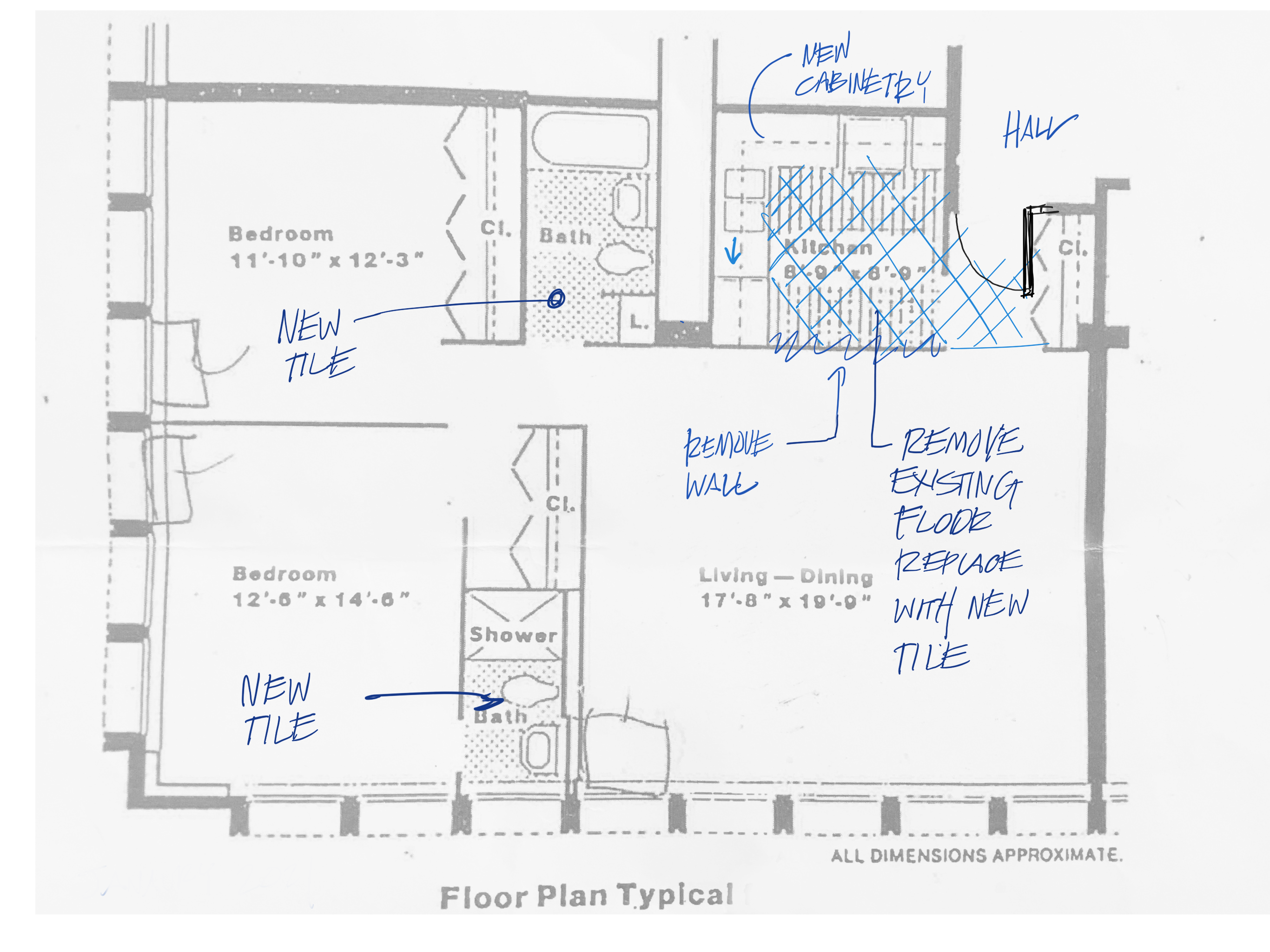
Above Images: #EcoRenovate Before Kitchen, ©Elemental Green / Richard Kasemsarn Portrait and #EcoRenovate Concept and Plan Sketches ©Richard Kasemsarn; I.M. Pei Images: Louvre, Sergii Bozhko / East Building, National Gallery of Art, Anthony Chiado / Museum of Islamic Art, Anantha Krishnan / Archival Photo, Mesa Lab Planning Meeting, I.M. Pei and Walter Orr Roberts, ©2021 University Corporation for Atmospheric Research; Under-Construction Image: Archival Photo, University Park Condominium, Courtesy Hanna Holborn Gray Special Collections Research Center, University of Chicago Library; Top Image: University Park Condominium Tower, Benjamin Marcus, Alamy Stock Photo
We’re thrilled that #EcoRenovate has attracted exceptional sustainable brands such as Fireclay Tile, Recolor paints, Dekton by Cosentino, Avocado, Sabai, Chairish, Earth Weave, and French Cabinetry. Learn more about our sponsors and design partners throughout the #EcoRenovate journey.


